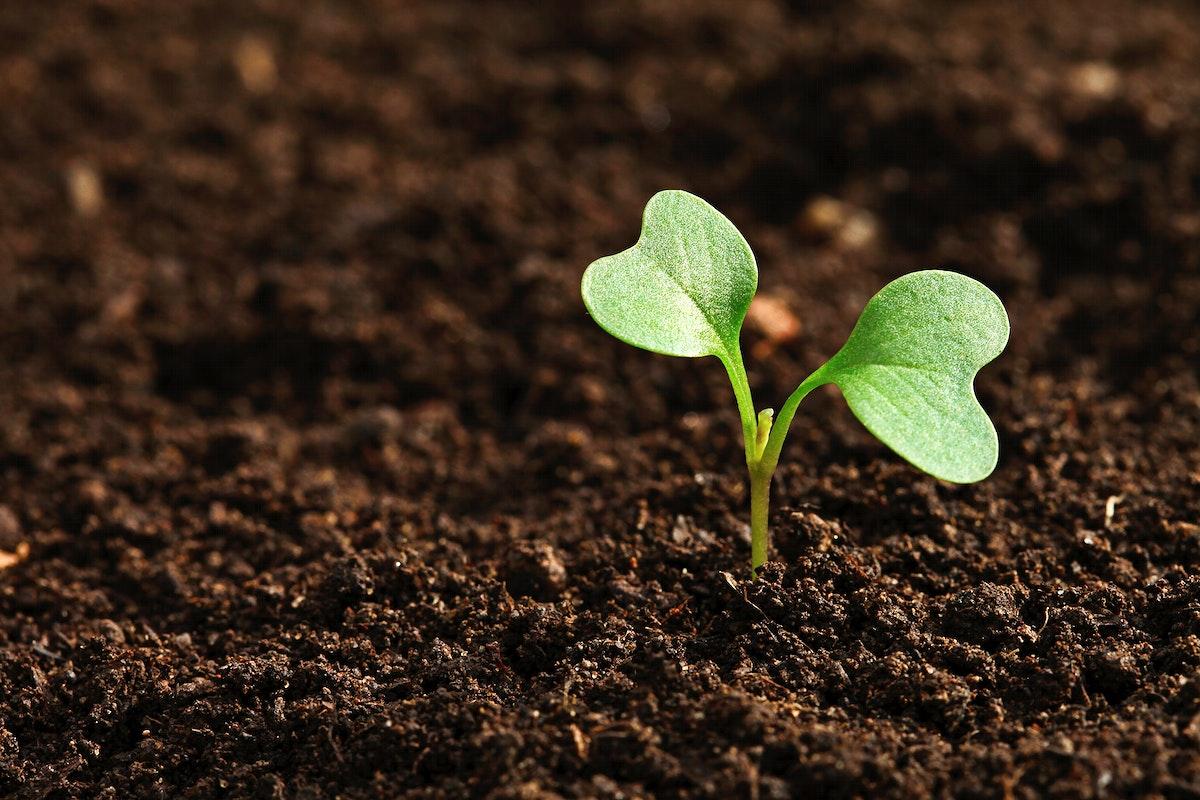
The Work of a Worm
by Melody Vanderveen
This lesson provides the students an opportunity to learn hands-on. They work as a worm biologist or Annelidologist, observing how the external features of the worm, such as its segmented body and head, help it move and interact with its environment. Students will create and maintain a habitat, observe the behavior and adaptations that the worms have and investigate the process of decomposition.
Lesson Grade Level
3rd GradeLesson Plan Link/URL
https://docs.google.com/presentation/d/1jMWcGNzftAO91Gt9trbljU_7SBnMCaq8/edit?u…Subject Area
Science Earth and Space Science Life Science L1: Cells L2: Organisms & Energy Engineering S4: Apply Science to Engineering Mathematics Measurement and Data (MD) English Language Arts (ELA) Reading (Literature) Reading (Informational Text) Writing Speaking & Listening
Featured
Off
Related Content

Grades:
1st Grade
This is session 3 of a 4 session unit on innovative thinking, agricultural engineering, and farm model making. In this session students begin to work with a partner or small group to construct their

Grades:
3rd Grade, 4th Grade, 5th Grade, 6th Grade, 7th Grade, 8th Grade, 9th Grade, 10th Grade, 11th Grade, 12th Grade
In this hands-on lesson, students use the engineering design process (EDP) to create a prototype of a device that can prevent squirrels from accessing a bird feeder. This is a great way to integrate

Grades:
6th Grade
In this unit, students will study the effects of acid rain and chemically engineer an environmentally friendly solution to neutralize the acid in a simulated river contaminated by factory run-off